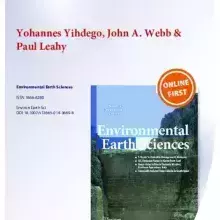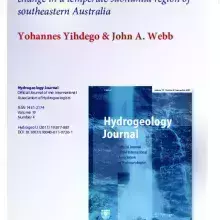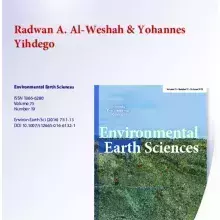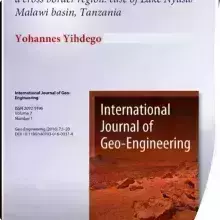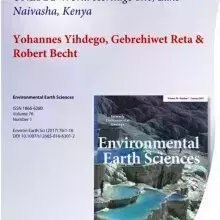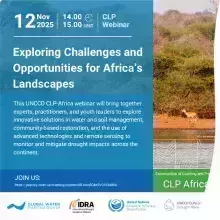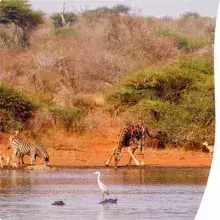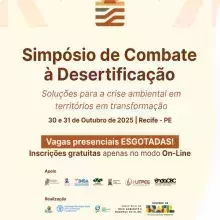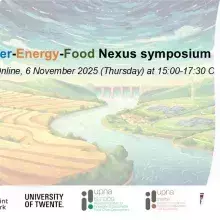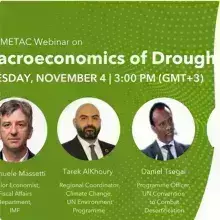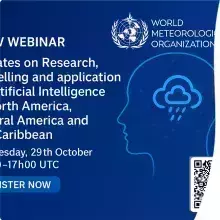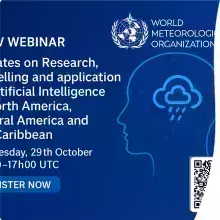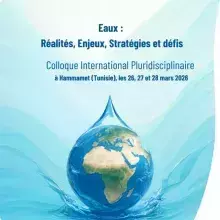To introduce myself, my name is Yohannes (Dr), a Senior Principal Hydrogeologist, Australia. I bring years of research & consulting experience in hydrogeology/ geotech modelling, engineering geology, environmental geoscience, and water resource management, drought and climate detailed projects & publications in my profile links below my signature.
My work spans multiple (international mega projects- brown & green fields, offshore & onshore) sectors including:
– Mining: oil, gas, minerals, metal and coal
– Infrastructure: roads, buildings, tunnels, ports, water and airports/aviation
– Energy: renewable projects, hydro schemes, and hydrogen developments
– Environmental: impact assessments, contamination studies, remediation design, climate & ecosystem protection
I currently serve as an Adjunct Research Fellow at La Trobe University, Australia and hold professional registrations as a Certified Environmental Professional (CEnvP) and Registered Professional Geoscientist (RPGeo).
I’m interested in exploring potential collaboration. My interests include:
– Supervising MSc and PhD students remotely
– Serving as an external examiner for postgraduate theses
– Co-authoring scientific publications- research projects
I’ve launched a dedicated Telegram channel sharing MSc & PhD positions in Australian universities, curated for international students and researchers.
Subscribe here: https://t.me/DrYohannes_Yihdego
Please share to your network who might be interested in postgraduate research in hydrogeology, hydrology, drought and climate, groundwater engineering, or environmental geoscience?
Warm Regards,
-----------------------------------------------------------------
Dr Yohannes Yihdego
Senior Principal Hydrogeologist | Adjunct Research Fellow
Chartered Environmental Professional (CEnvP) | Registered Professional Geoscientist (RPGeo)
🌐 Website:: https://scholars.latrobe.edu.au/yyihdego
🔍 ResearchGate: https://www.researchgate.net/profile/Dr-Yohannes-Woldeyohannes
📚 Academia: https://latrobe.academia.edu/YohannesYihdegoWoldeyohannes
🐦Twitter (X): https://twitter.com/Yohannesyihdego


